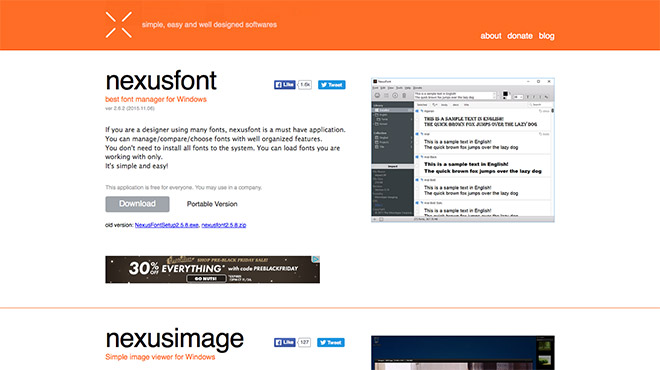

I always come back to it because every other tool has its own set of problems, and it seems like if I have to pick my poison, I stay with Erwin. I've tried to get off of Erwin a few times. Resizing dialog boxes, changing fonts, printing, scrolling around in the UI, etc is very clunky. The whole workflow of adding columns to a table could be so much easier. I find the UI very clunky and very difficult to use. It doesn't support Postgres or Redshift which are the two other systems that we're using.
#Erwin data modeler alternative code
Its ability to generate database code from a model for a wide array of data sources is useful but we're 99% SQL Server, so the fact that it generates 60 other databases doesn't really help me too much. The number one benefit of using a tool like Erwin, is that visual representation forces you to come up with a better model. That's number one, in my opinion, from my own experience. It forces you to ask questions that you wouldn't ask if you were just creating tables and doing it off the top of your head. If you use a data modeling tool, the graphical nature of the data modeling tool forces you to think about relationships. The people who don't use a data modeling tool but rather use spreadsheets or wing it typically have pretty poor data models. It's just very frustrating in some areas that really should not be frustrating. The general principles of what a data modeling tool does. The fact that it migrates your foreign keys for you. This isn't specific to Erwin, it's specific to any data modeling tool but we also like: The ability to graphically depict how the relationships occur and the relationship lines. It's too easy when you're using other methods to not have naming consistent standards and column consistent definitions, et cetera. I think the ability to depict the model in a graphical fashion, think about it, and keep things consistent is what's valuable about it. It should generate correct code, so I can't say it cuts development time just because it's doing what it's supposed to be doing correctly. Its code generation ensures accurate engineering of data sources.
It has improved my organization because using a data modeling tool is forcing us to come up with better models. We use it for data modeling but they also do a lot of logical modeling and architecture, and we also use the naming standards capability to force corporate standards across the models. It's very frustrating to use this tool for that. It used to be so easy and now it's very difficult. I used to like to generate the model and generate changes all through the tool but being honest, one of my biggest frustrations with Erwin is that it's very difficult to forward engineer and keep things in sync. I'm a firm believer in not just adding columns to a table but to actually think about it, put together an Erwin model, and look at the relationships.

I'm an application developer with a fair amount of database background so I mostly use the tool to do physical modeling to support our application development.


 0 kommentar(er)
0 kommentar(er)
